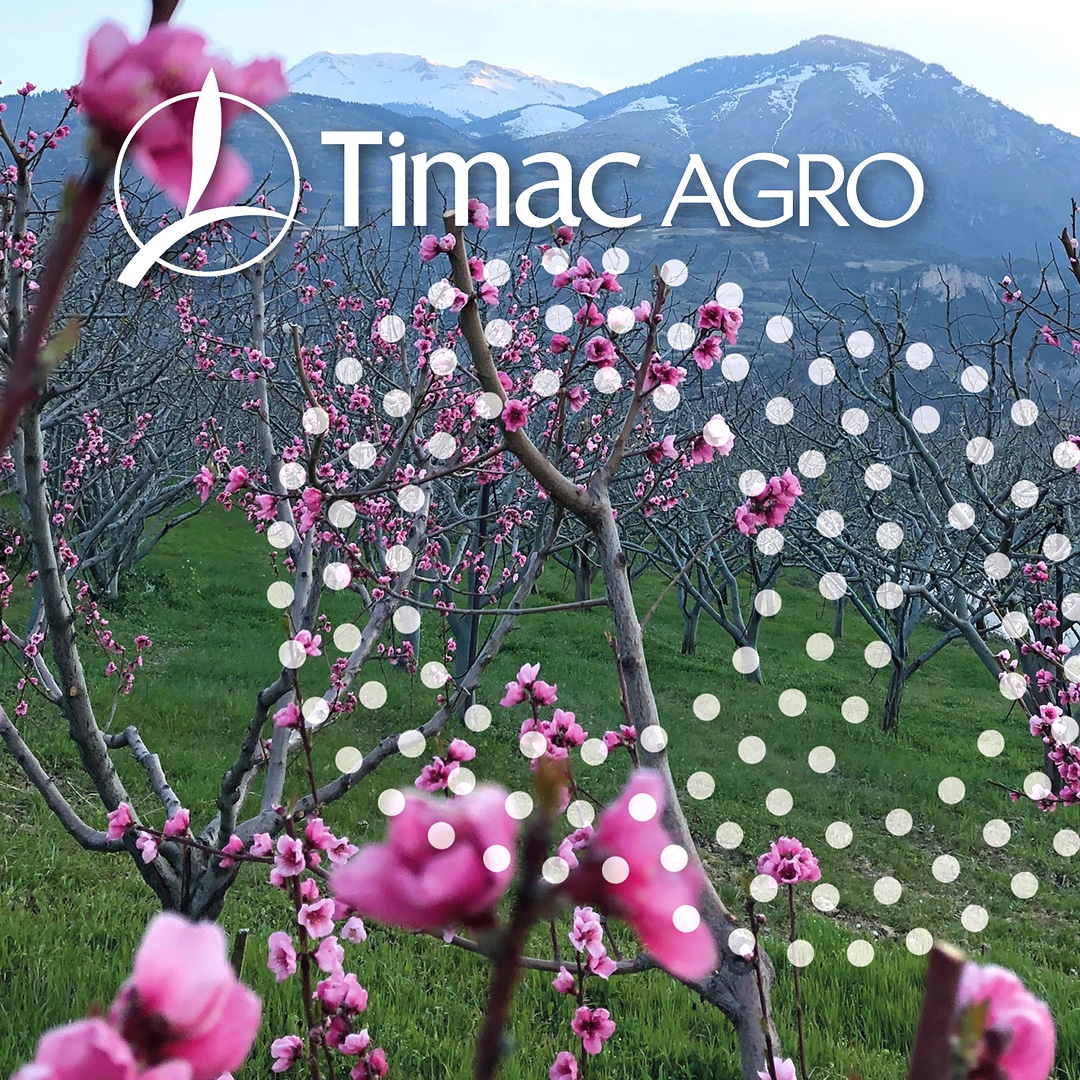How to promote vegetative regrowth after winter?

Perennial fruit crops do not profit of crop rotation and therefore of soil regeneration. Moreover, alternate bearing is a well-known phenomenon in fruit trees that is characterized by biennale pattern (great yield in year N and lower yield in year N+1). It is the farmer’s aim to manage soil fertility and provide high quality fertilizers to avoid draining the tree resources at spring to ensure good vegetative regrowth.
Vegetative regrowth happens after bud break which occurs when the cumulative number of temperature required by the tree is reached.
Good spring start can be impacted by the type of winter the tree faced (mild, rainy etc.) and by the previous year production. In fact, fruit trees can remobilize storage reserves in their perennial organs to face winter and thus be weakened to support early growth. Fruit trees have great needs at spring in order to ensure root growth, leaves and flowers (Kuster et al. 2017) and the main 2 sources of N at this stage are roots uptake and the internal N cycling. N supply can help tree reinforcement and growth.
TIMAC AGRO Technology recommends its N-PROCESS to provide long term N nutrition to the plant and sustain soil fertility by stimulating microbial activity. To learn more, click on the link below.
TIMAC AGRO ADVICE KIT – FRUIT TREES

